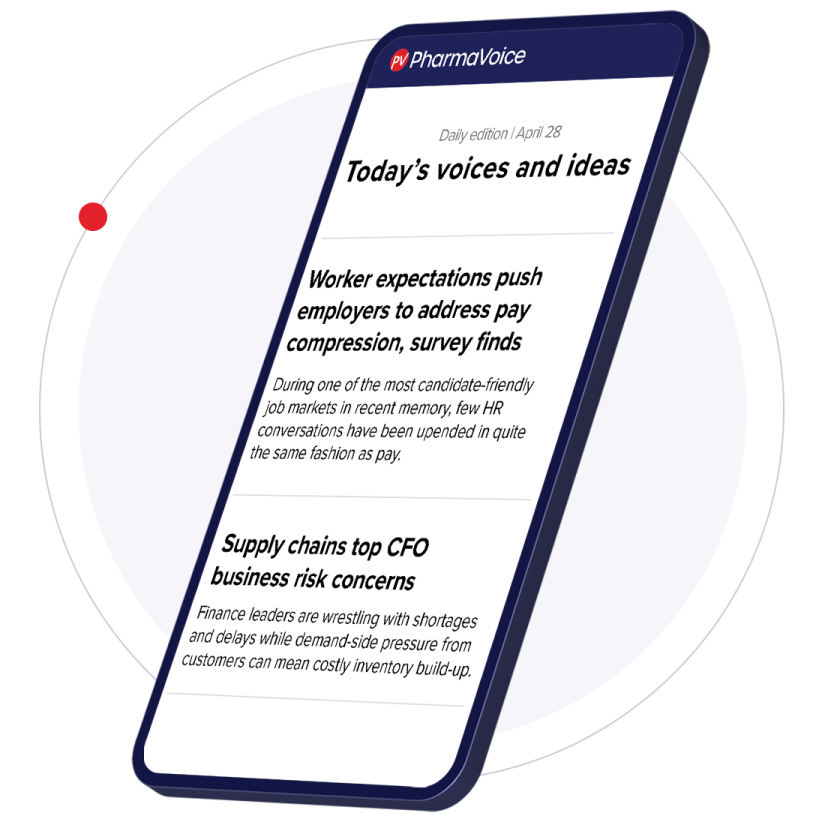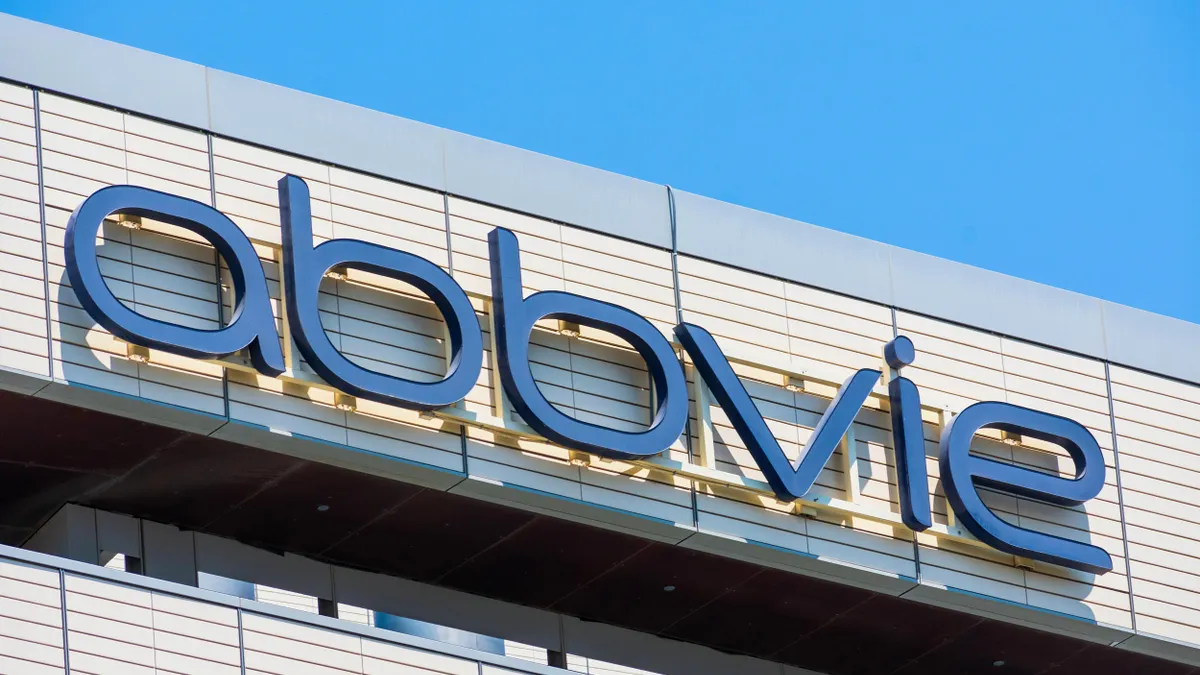The FDA is unveiling a new blueprint for the regulation of bespoke drug therapies, announcing on Wednesday a way for these treatments to quickly get to market if they meet certain standards.
Called the “plausible mechanism” pathway, the new framework is designed to help accelerate treatments for serious conditions that are so rare they may only affect individuals or handfuls of people and can’t feasibly be tested in randomized clinical trials. It was announced through an article authored by FDA Commissioner Dr. Martin Makary and top deputy Dr. Vinay Prasad, and published Wednesday in the New England Journal of Medicine.
“Critics may contend that there is no need for an alternative pathway and that existing FDA operations are able to address bespoke, transformative therapies,” they wrote. “Unfortunately, the FDA has heard from patients, parents, researchers, clinicians, and developers that current regulations are onerous and unnecessarily demanding, provide unclear patient protection, and stifle innovation. We share this view.”
The FDA intends to issue joint guidance on the new pathway from both of its main drug offices, CDER and CBER, a spokesperson for HHS said.
There are more than 7,000 rare diseases, many of which are so uncommon they’re unlikely to be profitable for any companies that develop treatments for them. Solutions might exist, too, in the form of CRISPR gene editing treatments or other types of genetic medicine. But an expensive development path and slim sales prospects make such therapies tough investment propositions. Many biotechnology firms pursuing these types of treatments are struggling to survive.
Yet in recent years, there’ve been multiple instances of academic researchers designing custom therapies for specific individuals. In 2018, a girl with Batten disease was given a bespoke medicine using a type of RNA technology. Scientists at Boston Children’s Hospital have followed that blueprint several times since. And earlier this year, researchers at the Children’s Hospital of Philadelphia and several other institutions designed and developed a CRISPR-based treatment for a critically ill baby named KJ Muldoon within seven months.
Makary and Prasad wrote that baby KJ’s story, in particular, is illustrative of what the FDA aims to achieve with its new initiative. In that case, KJ was quickly diagnosed with a rare liver condition. The FDA then processed, in one week, a single-patient “expanded-access” application, enabling KJ’s care team to speedily manufacture and infuse a gene-editing therapy that’s so far helped stabilize his condition.
Several aspects of that process “define” the “plausible mechanism pathway,” they wrote. Qualifying treatments need to be directed at the known biological cause — like a molecular or cellular abnormality — of a disease. Developers must have “well-characterized” historical data showing how the disease might impact patients if left unchecked. Companies must also confirm, via a biopsy or preclinical tests, that a treatment successfully hits or “edits” its target and improves outcomes afterwards.
The FDA will initiate an approval process for developers that meet these objectives in “several consecutive patients with different bespoke therapies,” Makary and Prasad wrote. Companies must then accumulate evidence showing a therapy continues helping a patient without causing serious harm, or negatively impacting a child’s development.
The FDA is initially prioritizing rare diseases, especially those that are deadly or associated with serious childhood disabilities. But the new framework could also apply to common conditions with no “proven alternative treatments" or in cases where new therapies are sorely needed. It could also be available to more than just gene or cell therapies, with Makary and Prasad noting situations where small molecules and antibodies might eventually be beneficiaries, too.
Bespoke therapies are “closer to reality,” they wrote.












